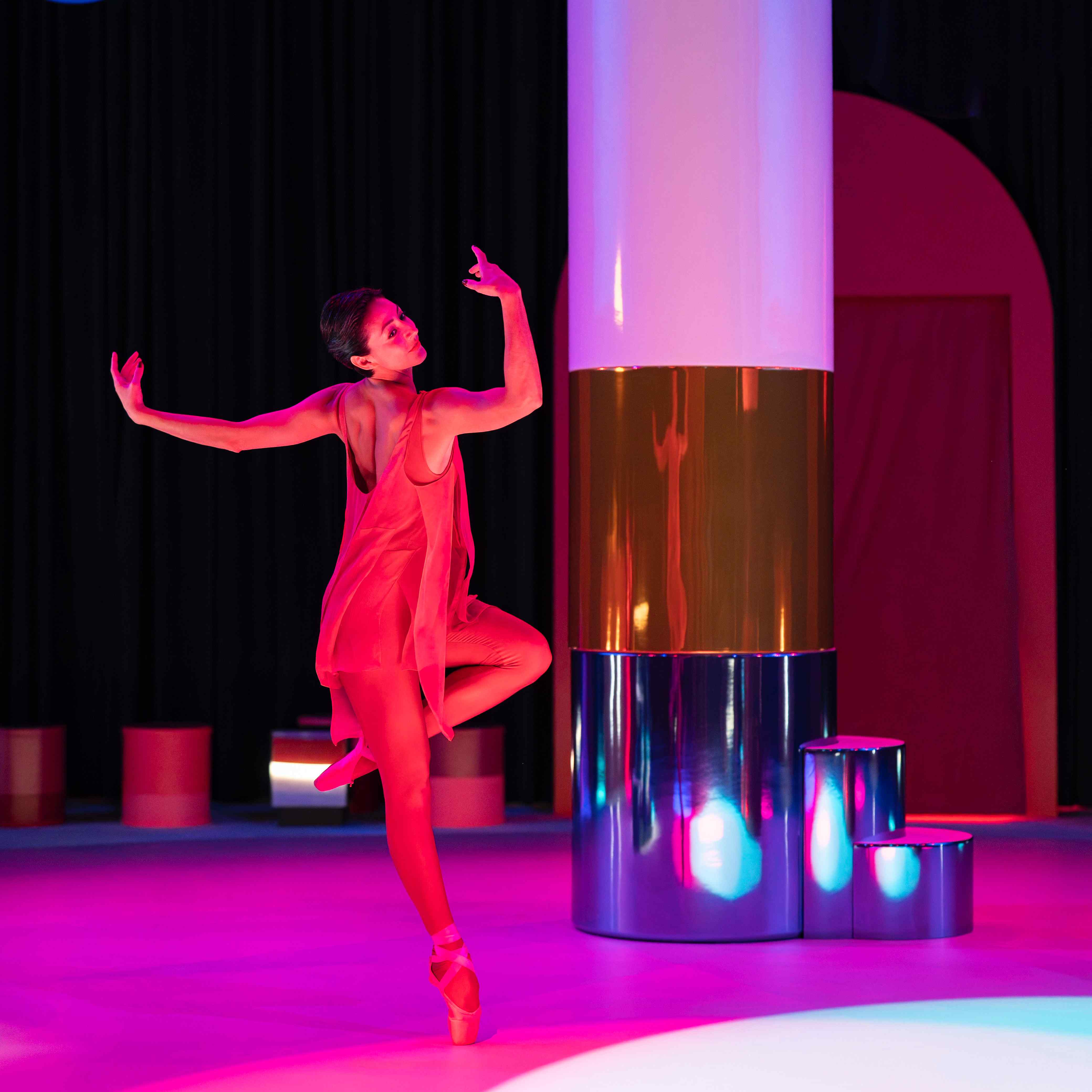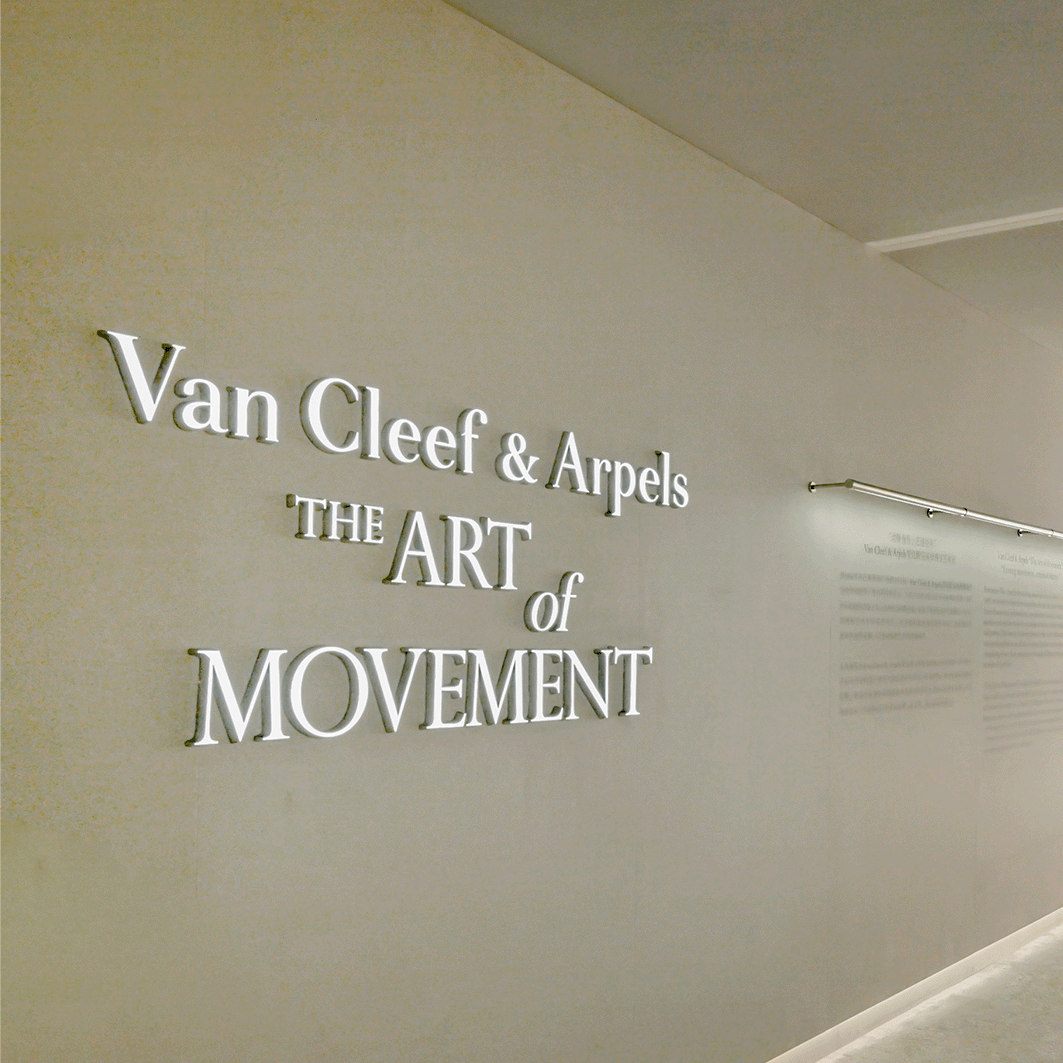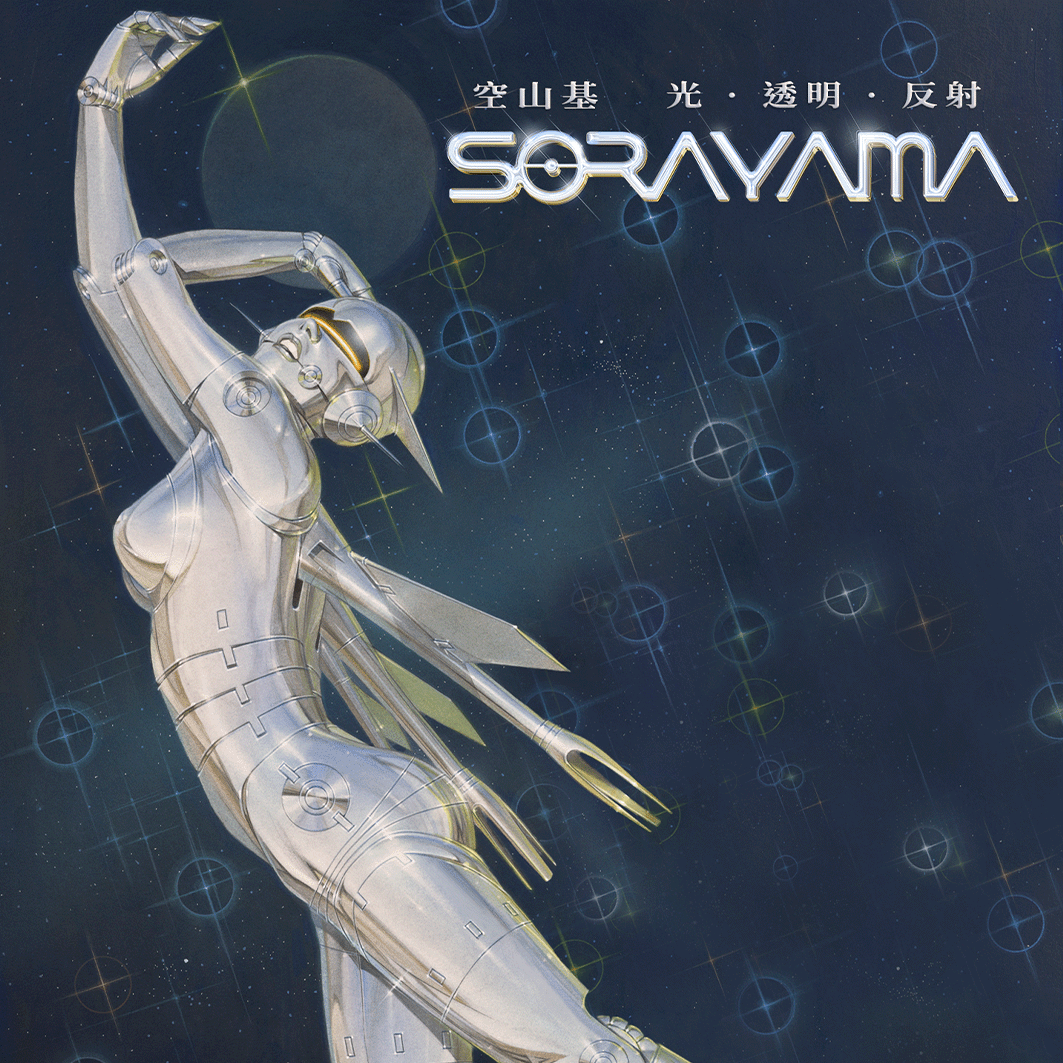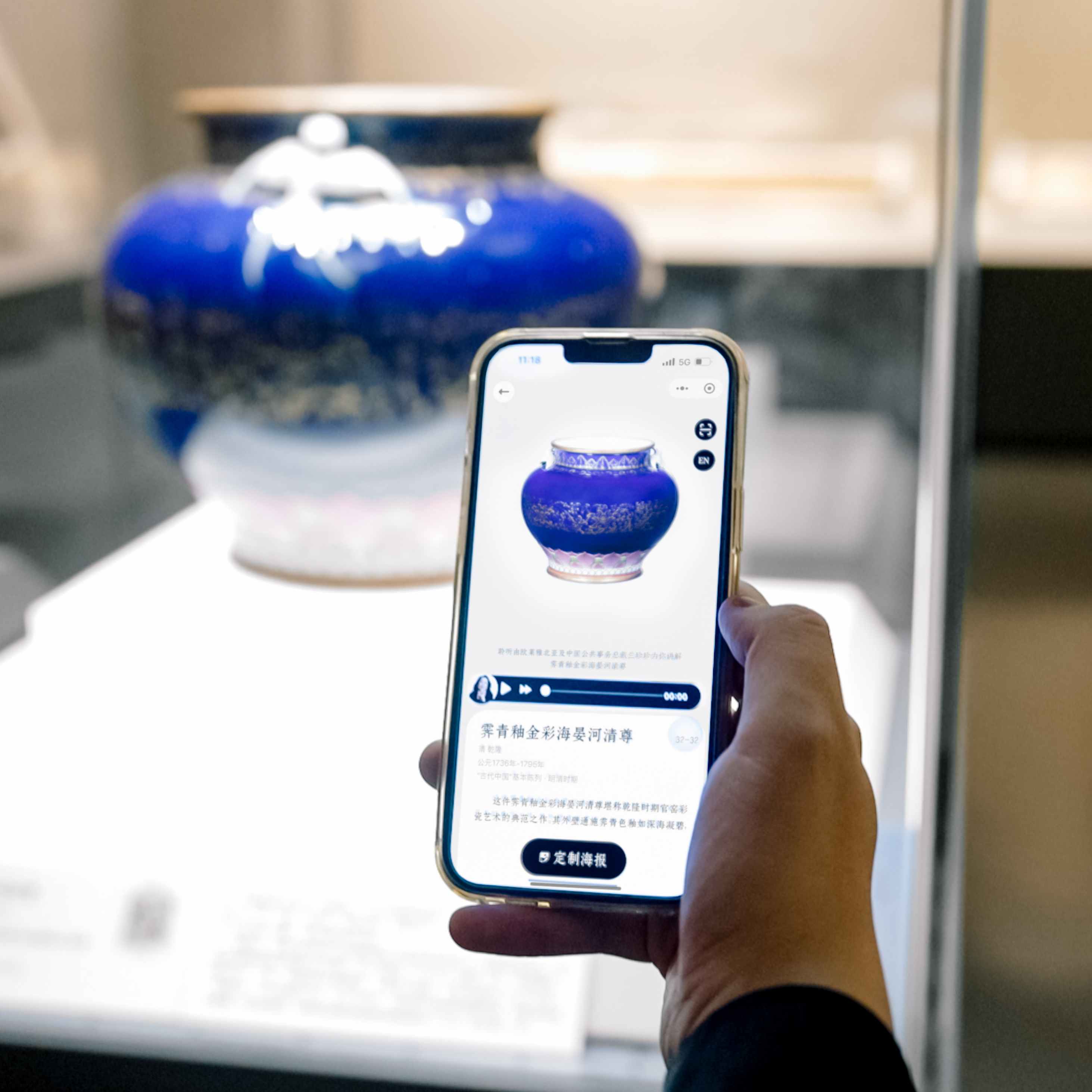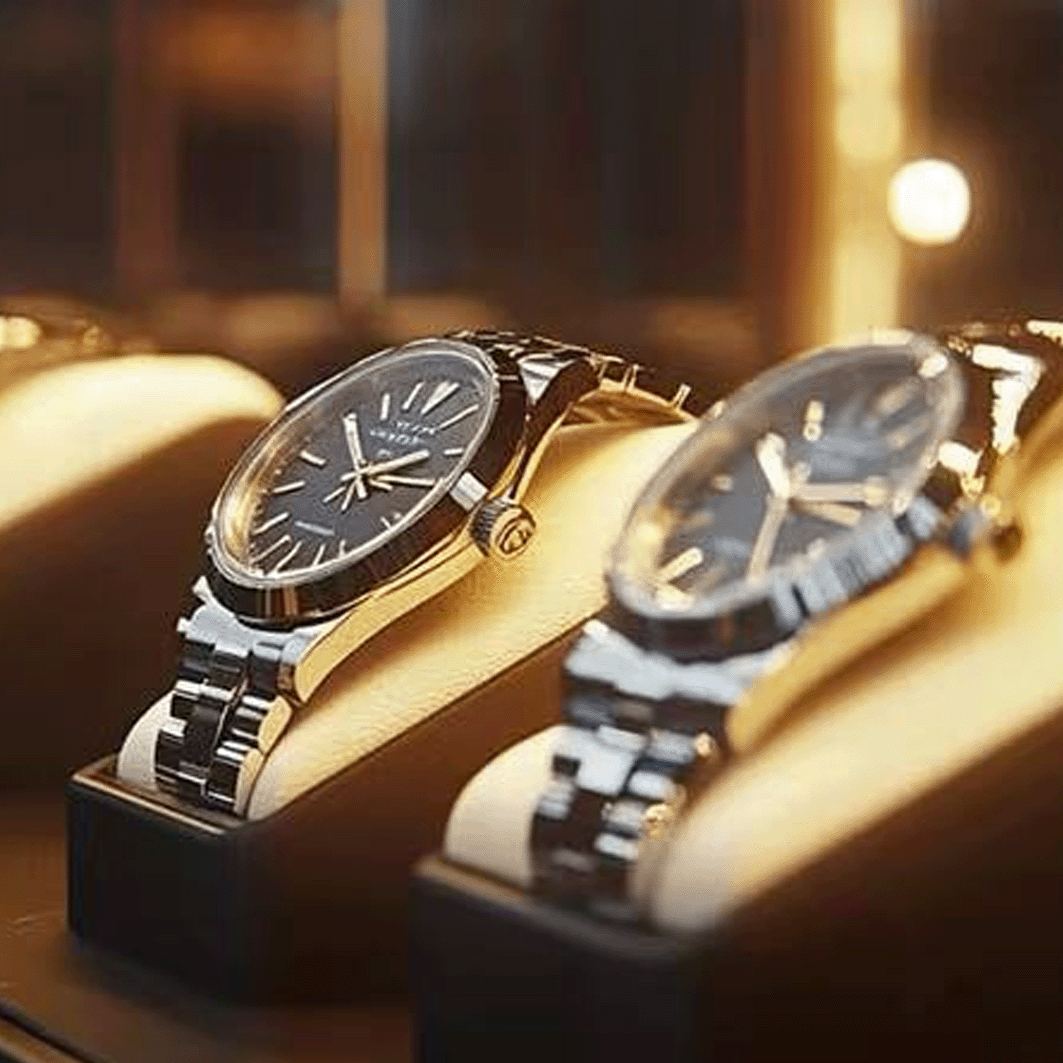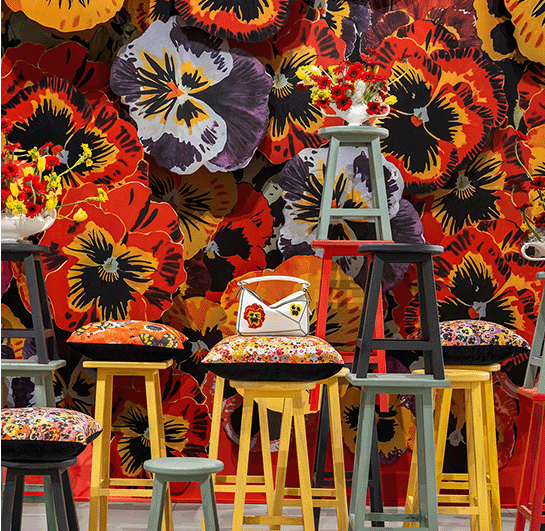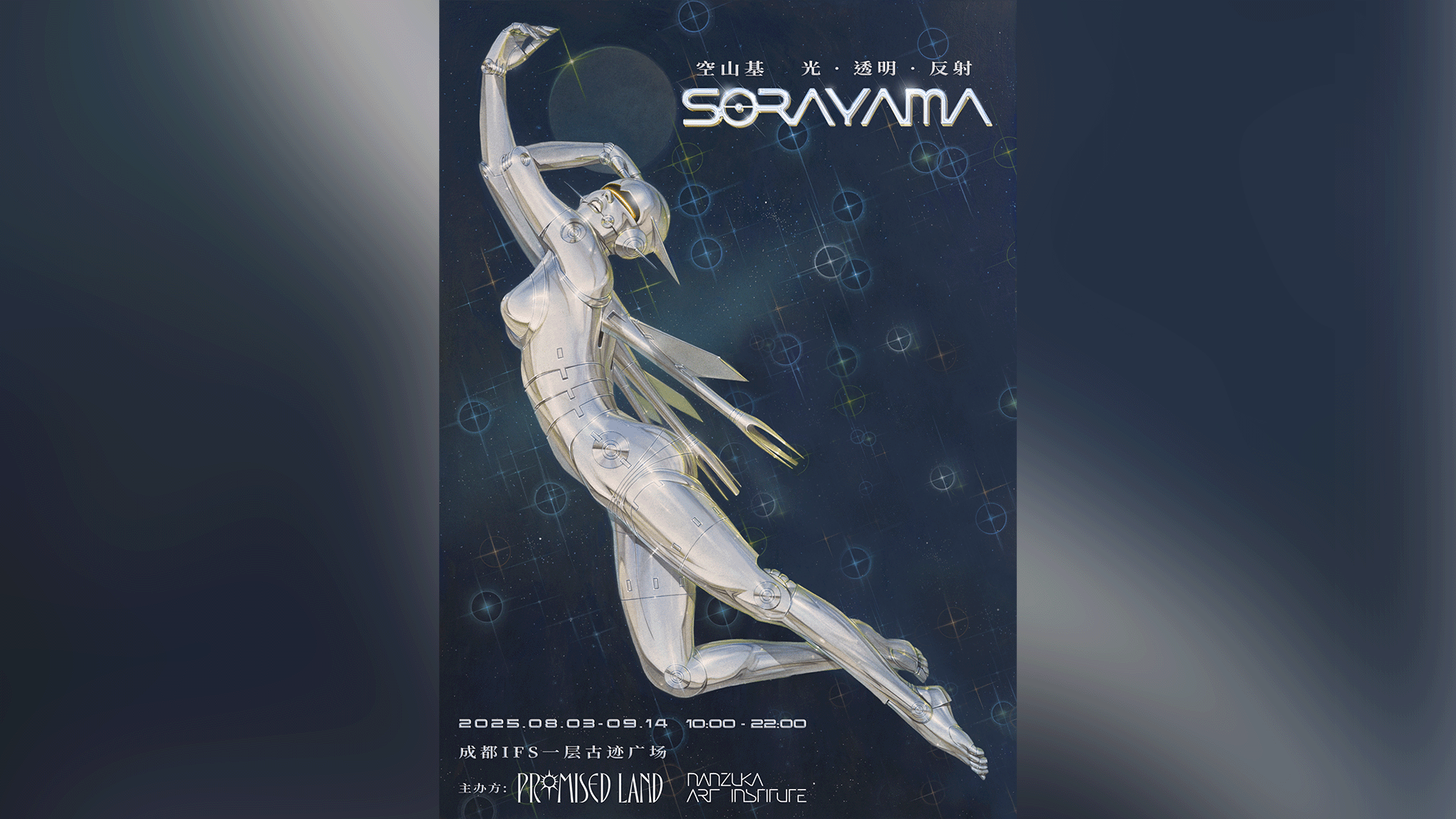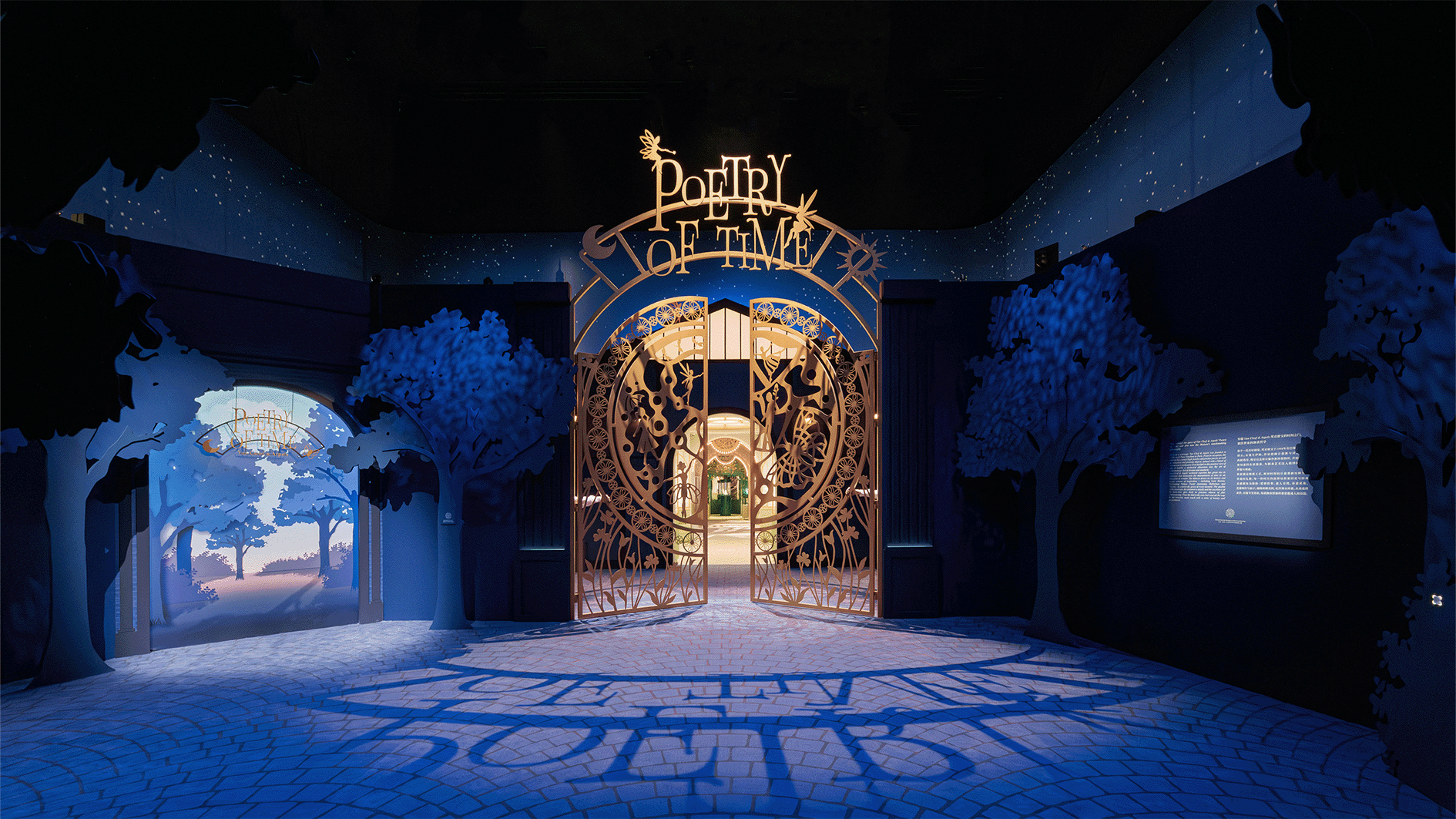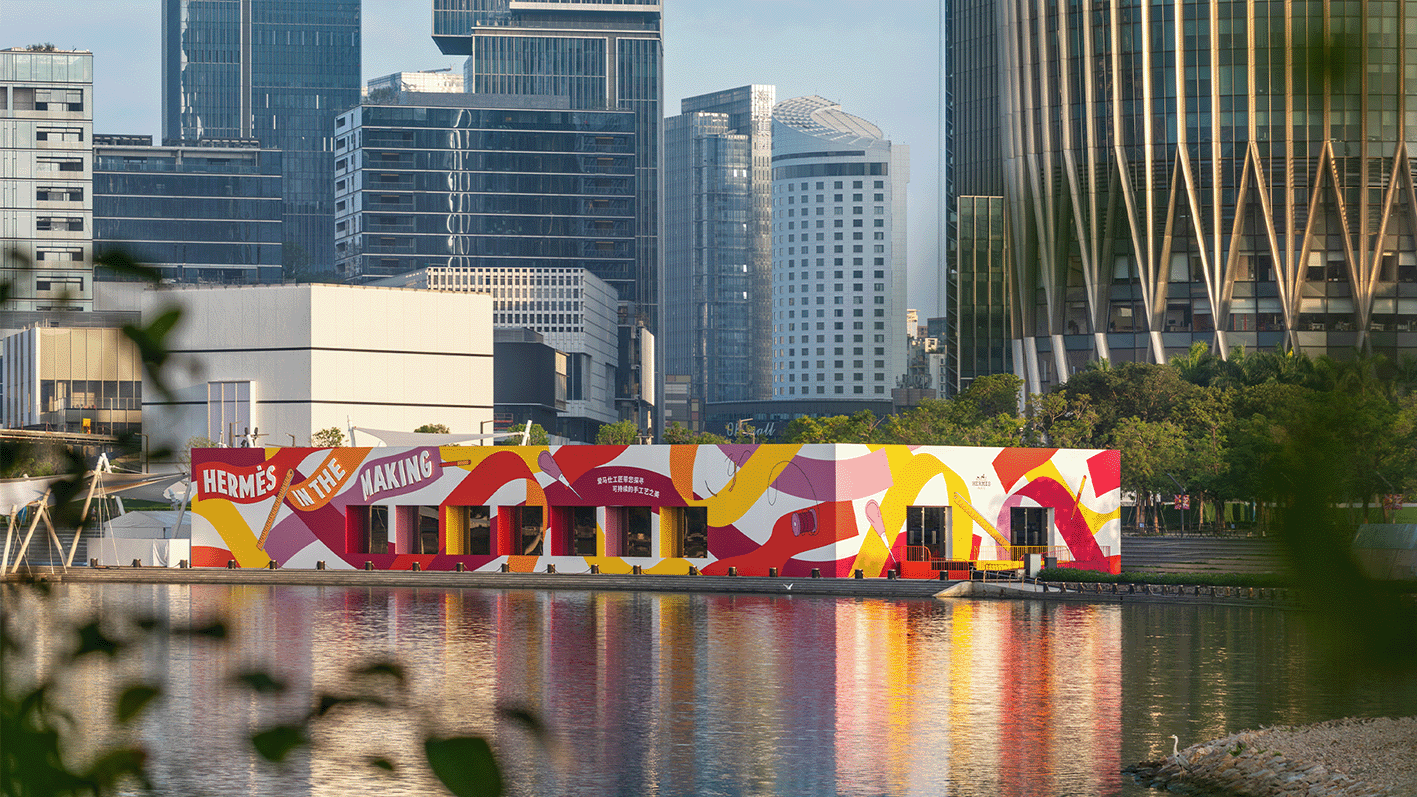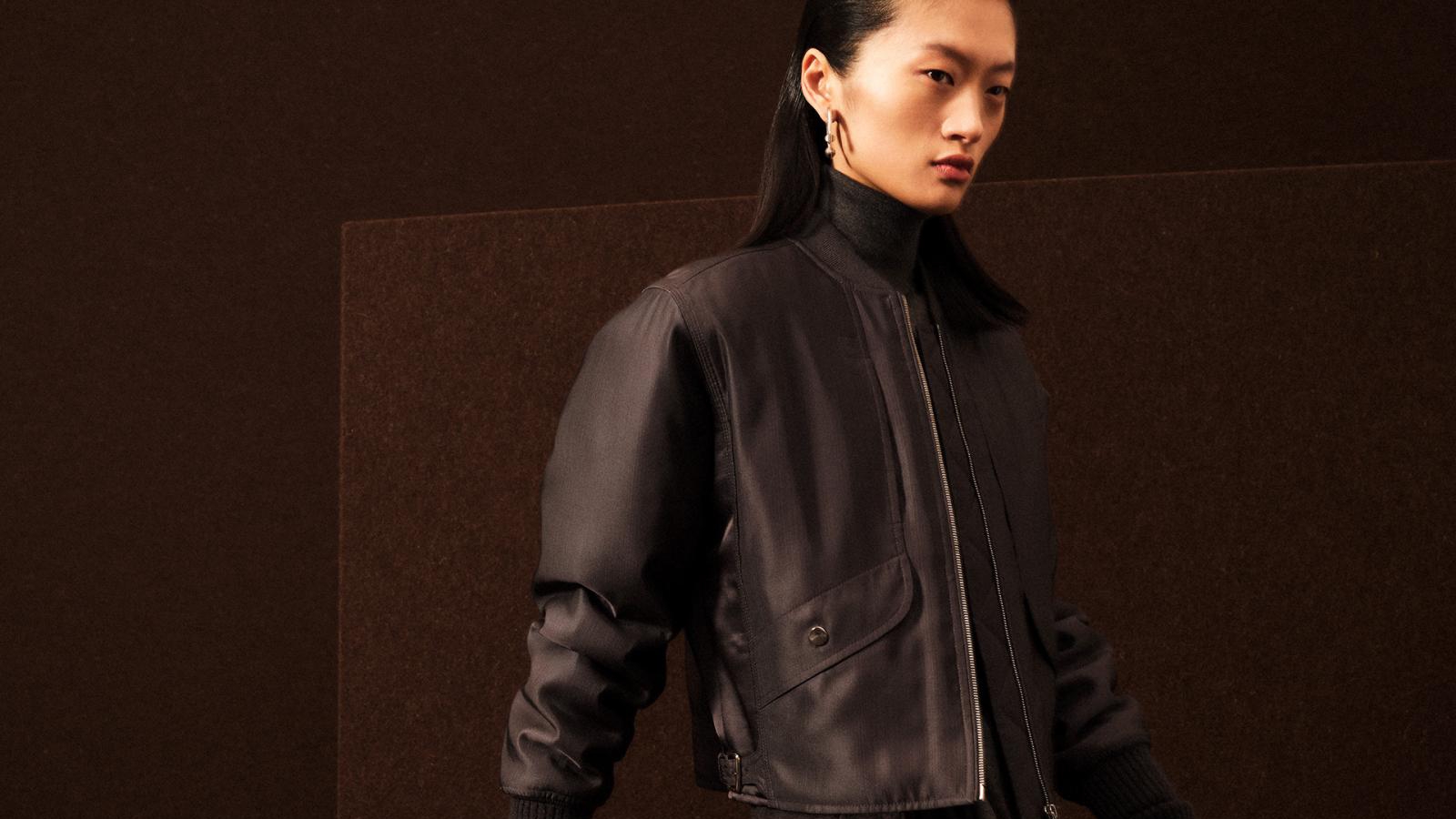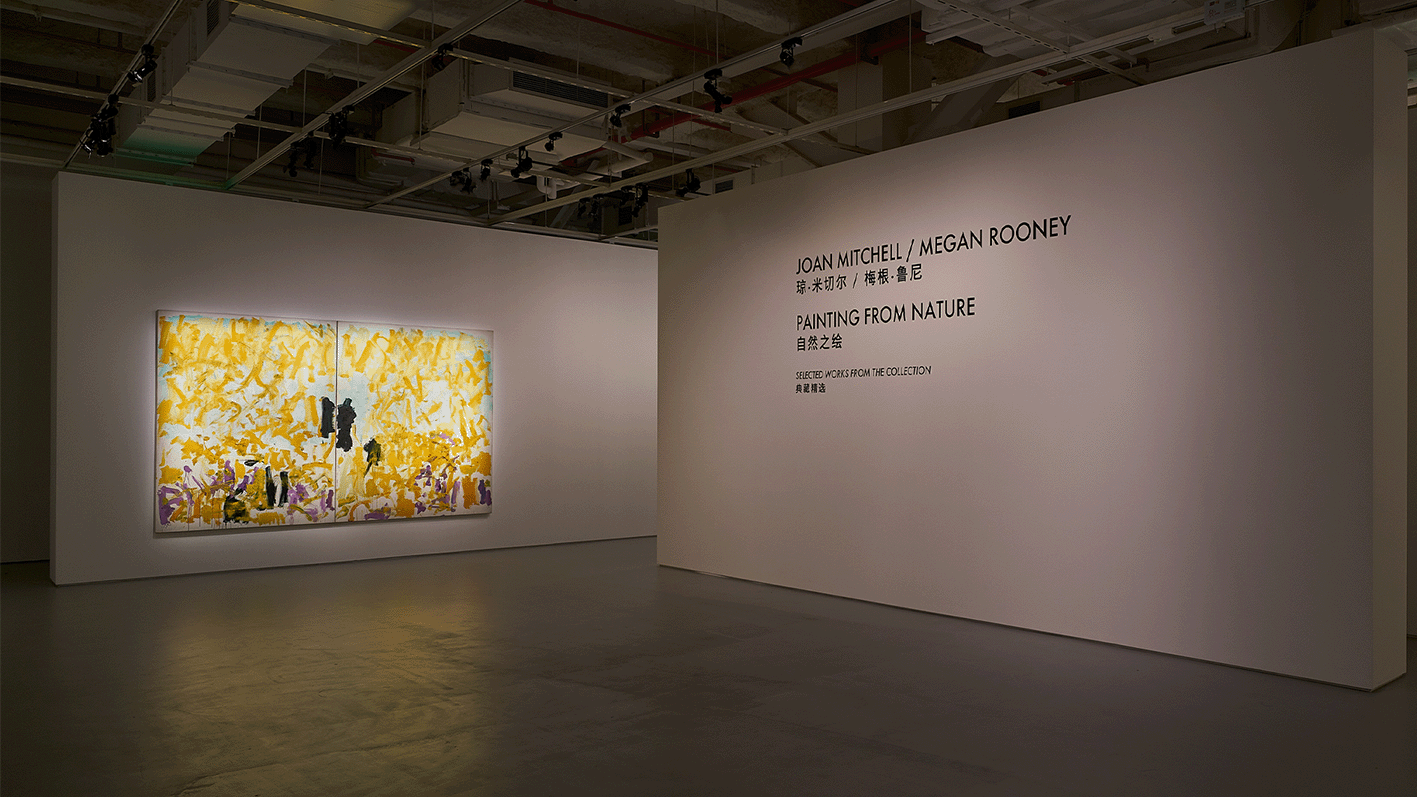- FEATURE
- |
- MERGERS & ACQUISITIONS
- |
- FINANCIAL
- |
- MARKETING
- |
- RETAIL
- |
- ESG-SUSTAINABILITY
- |
- LIFESTYLE
- |
-
MORE

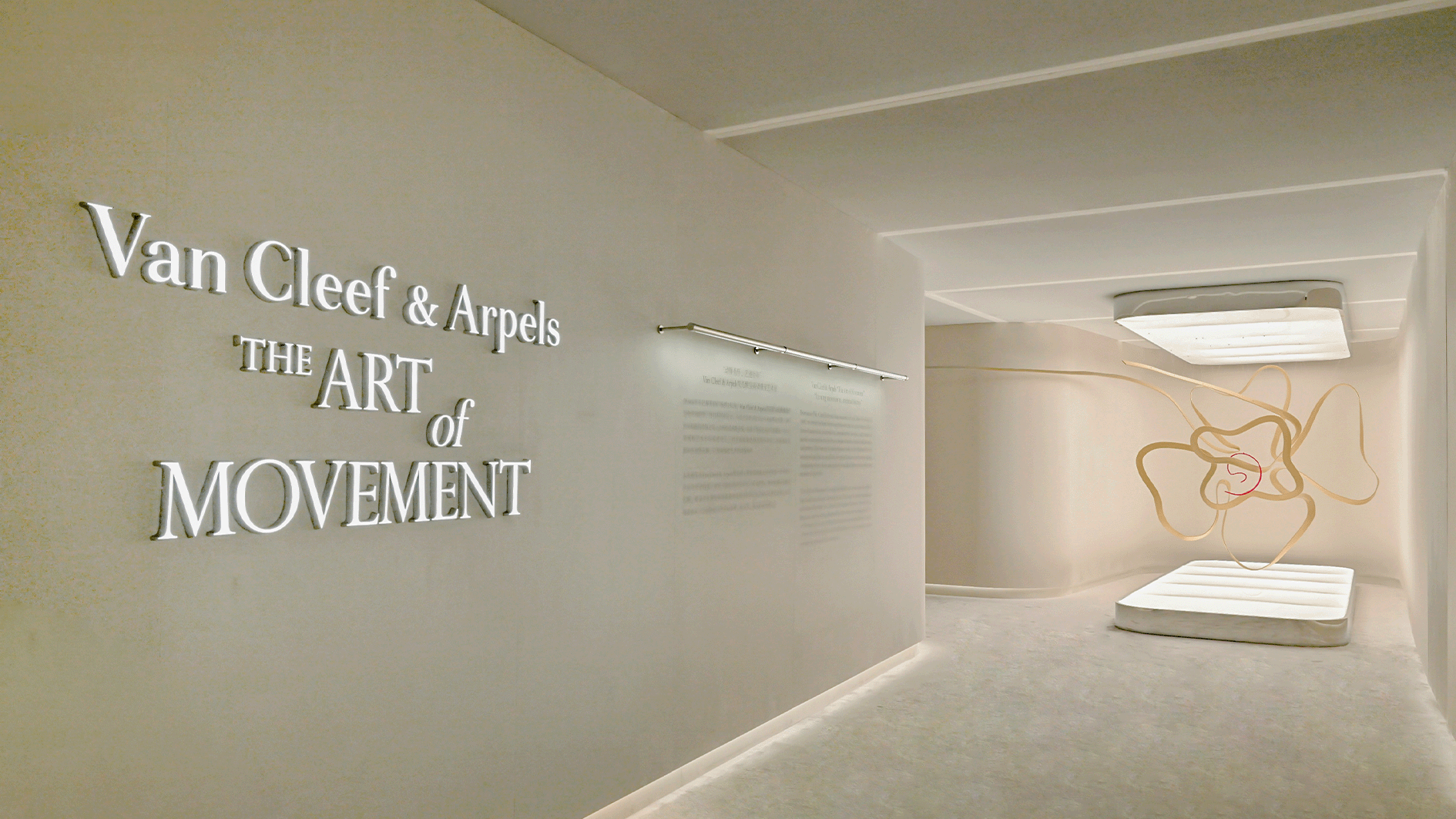
When cultural storytelling becomes second nature for a brand, sustainable commercial success often follows as a matter of course.
Van Cleef & Arpels has once again proven this formula. On August 24, the Maison unveiled its “The Art of Movement. Van Cleef & Arpels, living instants, eternal forms” exhibition at Deji Art Museum in Nanjing. Open to the public free of charge through October 9, the exhibition is positioned to become one of the most talked-about events of the season in East China.
Timed with the late-summer travel wave and the upcoming National Day holidays—and strategically located within the high-traffic Deji Plaza, now ranked among the world’s top-performing luxury retail destinations—the exhibition is set for success. Its rich curatorial depth and rare archival content have already earned it praise from both industry insiders and general audiences.
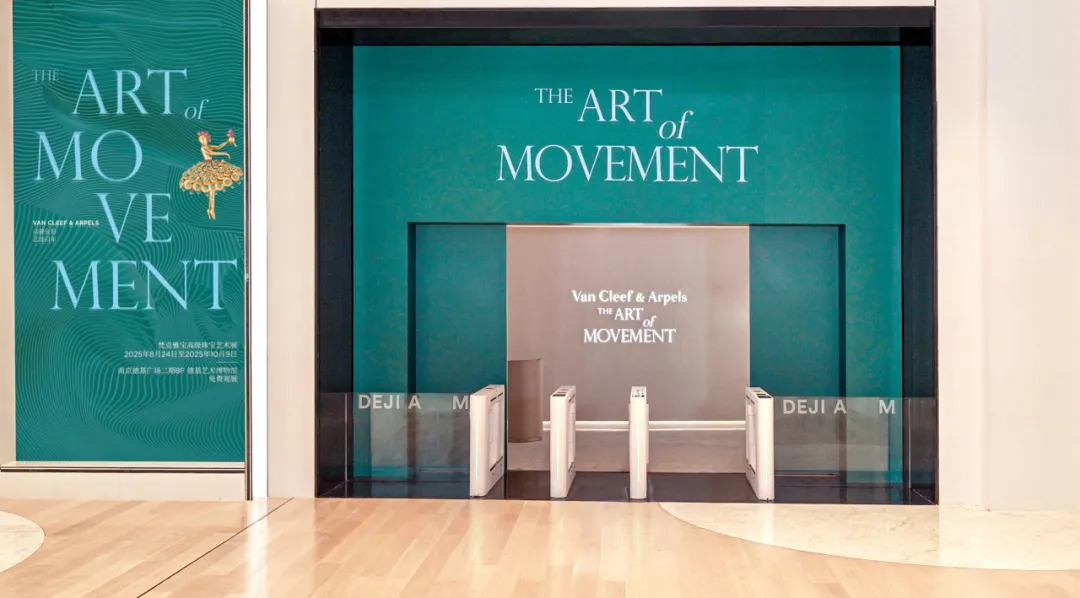
More than 110 creations from its patrimonial Collection and 50 archival documents are on view, including 23 pieces which make its China debut. This exhibition is more than a display of craftsmanship; it’s a window into the Maison’s century-long evolution of style, cultural inspiration, and savoir-faire.
Visitors are welcomed by a floating matte ribbon which takes the shape of an ethereal flower,, inspired by the 1937 Silhouette clip—examples and archives of which are showcased. This gentle introduction immediately conveys the Maison’s enduring dialogue between nature and couture.
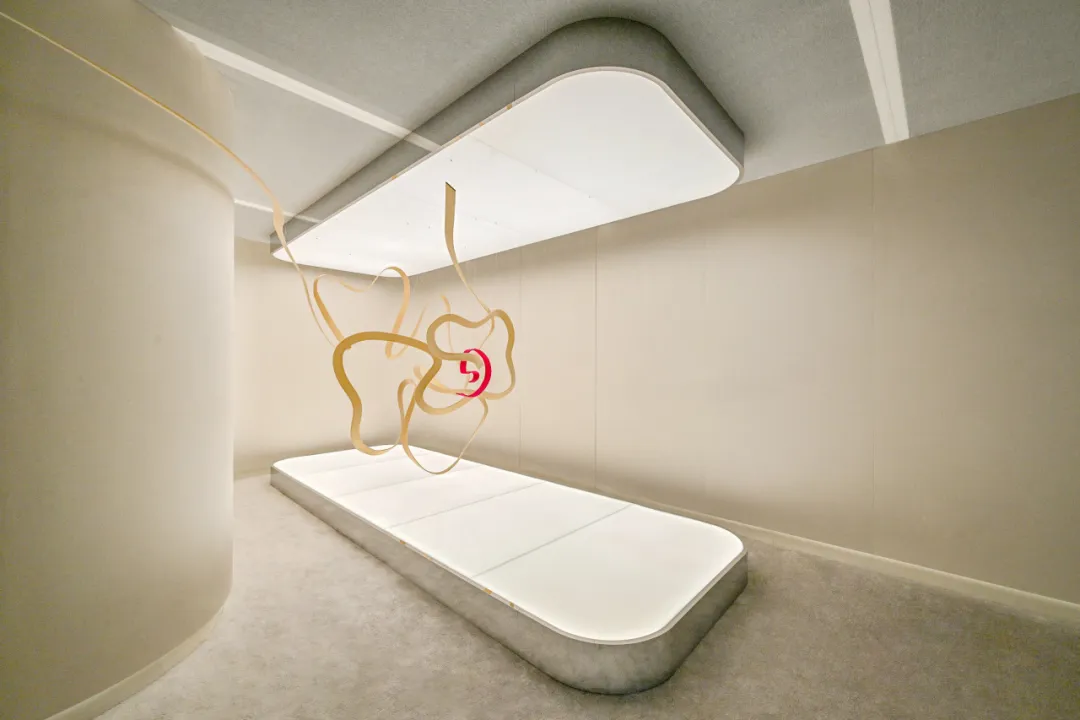
The visitor’s journey is divided into four themes: Human Odyssey, Nature Alive, Elegance and Abstract Movements. Each highlights a facet of movement explored by the Maison since its foundation—from the dynamism of flora and fauna, to its aesthetic links with couture, and the relationship with avant-garde movements such as Art Deco and Op Art.
Standout pieces include a Mystère IV Plane necklace, 1956 -a necklace which Marcel Dassault commissioned the Maison to create as a gift for France’s first female test pilot, Jacqueline Auriol. Rendered in yellow gold and cascading diamonds that evoke the line-shaped clouds produced by aircrafts in the sky, the piece is a striking example of how the Maison translates mechanical inspiration into lyrical design.
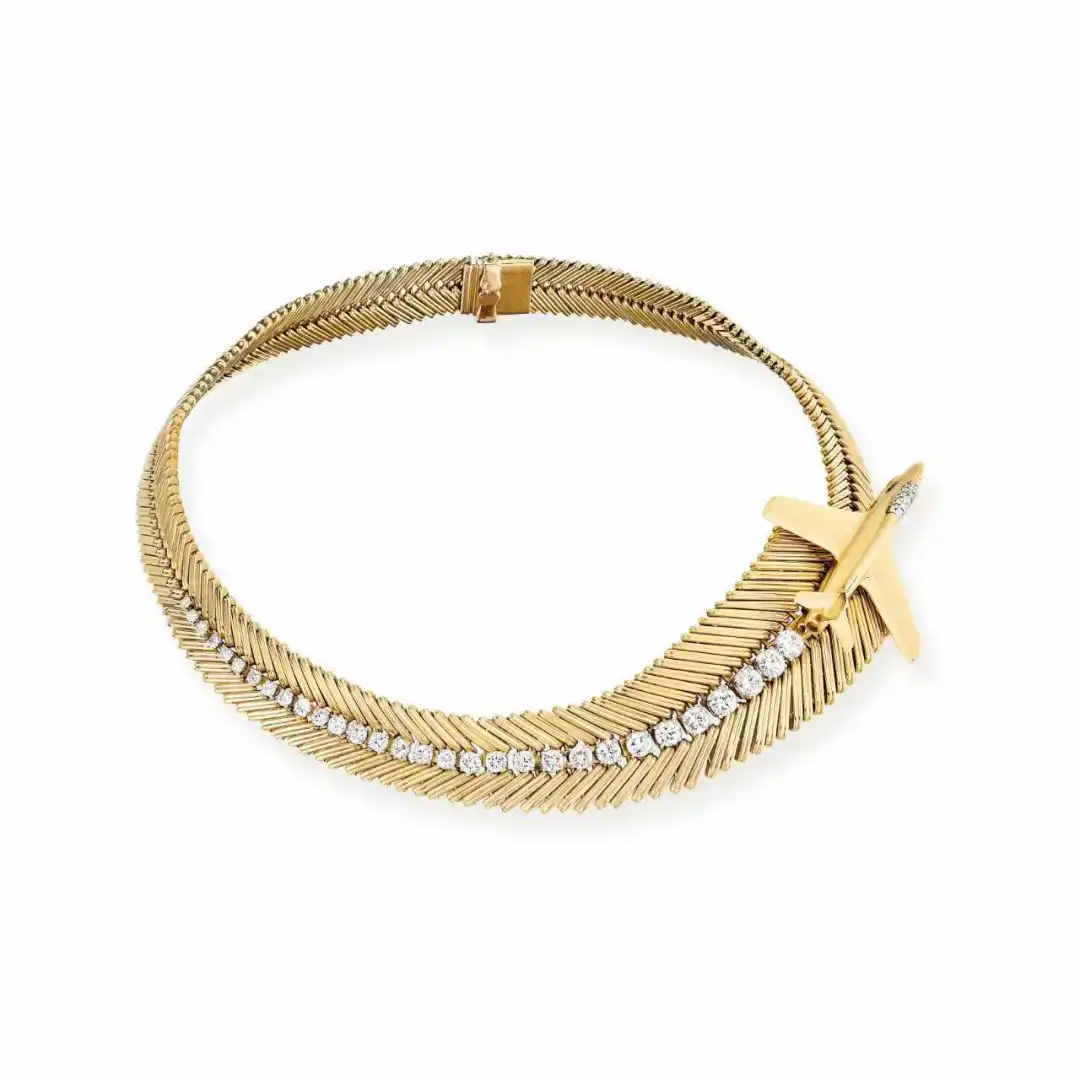
Other highlights include the Three-bellflower clip, 1964, which imparts an impression of flowers swaying in the breeze; the Cord necklace, 1951, with convertible tassels inspired by fashion accessories and trimmings; and the Opt’Art Mikado bracelet, 1970, where the curving motif is inspired by a 1970 artistic movement called Op Art for Optical Art. On this bracelet, the
lines seem to be moving in a hypnotic way..
<



